NOTICE: New member email requirements now in effect. Longtime member having trouble logging in? Please review the requirements here.
Only registered users may post new messages on this forum. You must be an AMCA member to register.
Click the register link on the top right to proceed.
If this is your first visit, be sure to
check out the FAQ by clicking the
link above. To start viewing messages,
select the forum that you want to visit from the selection below.
If you are NOT an AMCA Member and would like to join Click Here
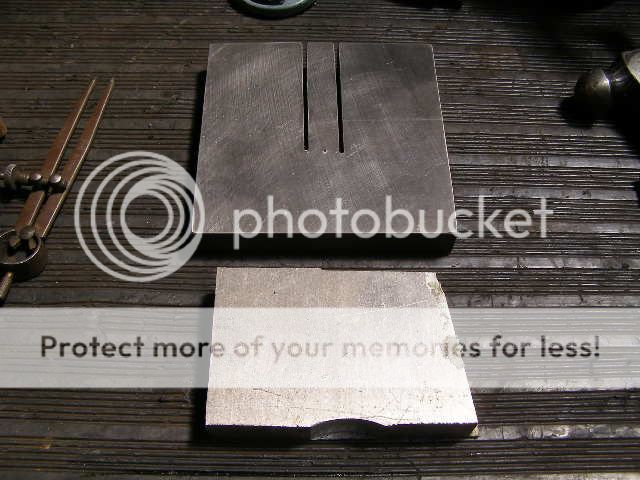
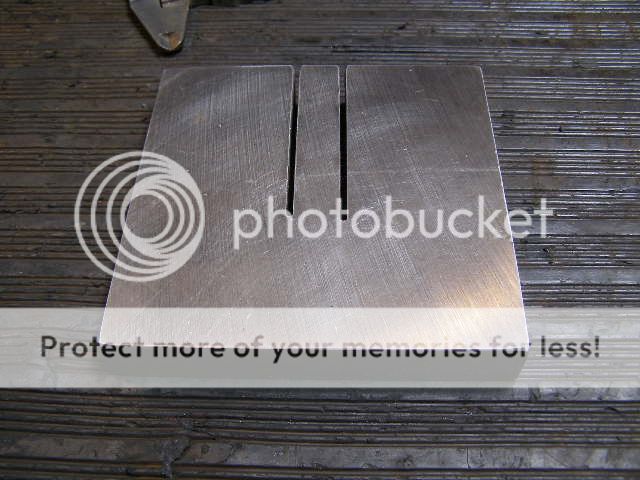










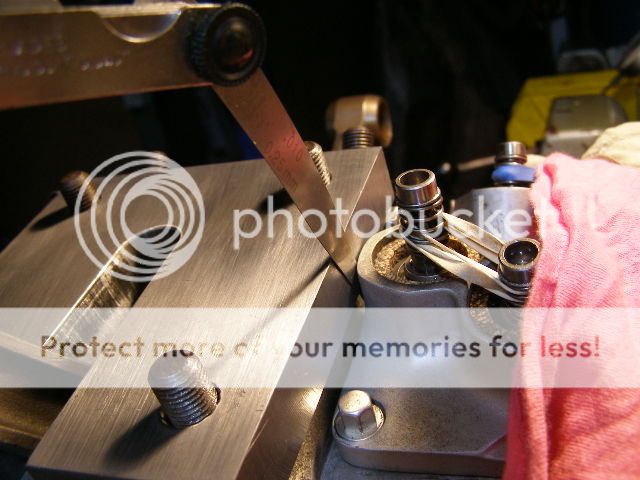







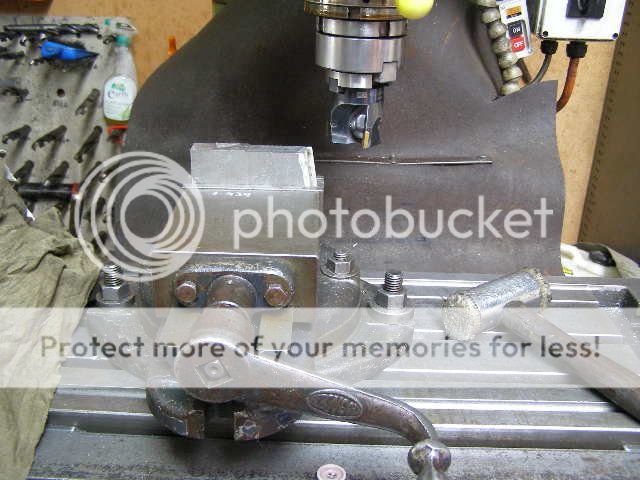






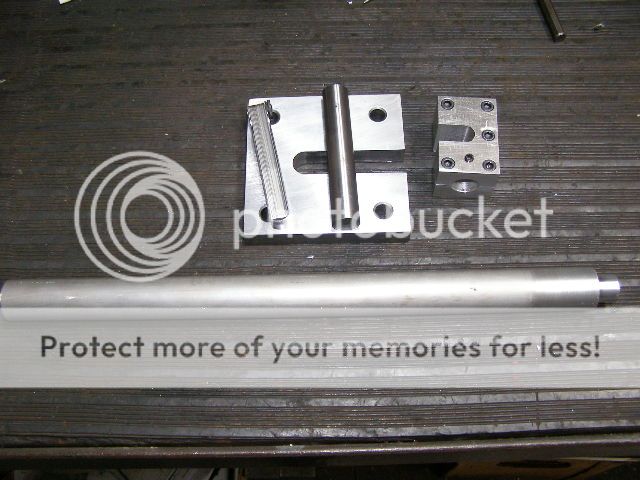

Comment